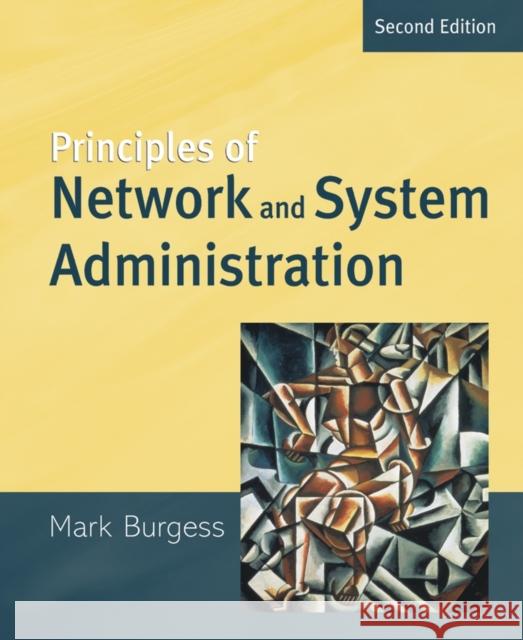Principles of Network and System Administration » książka
topmenu
Principles of Network and System Administration
ISBN-13: 9780470868072 / Angielski / Miękka / 2004 / 640 str.
- A single, comprehensive resource that responds to the high demand for specialists who can provide advice to users and handle day-to-day administration, maintenance, and support of computer systems and networks
- Author approaches both network and system administration from the perspective of the principles that do not change on a day-to-day basis
- Shows how to discover customer needs and then use that information to identify, interpret, and evaluate system and network requirements
- New coverage includes Java services and Ipv6











